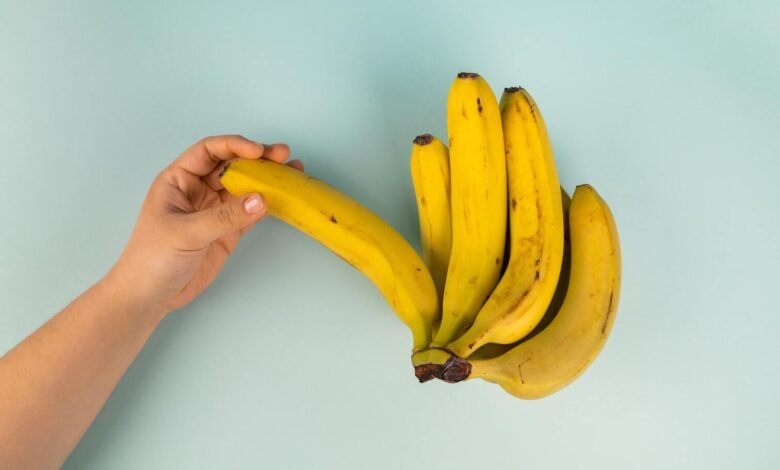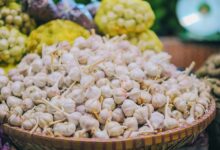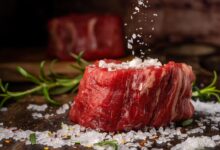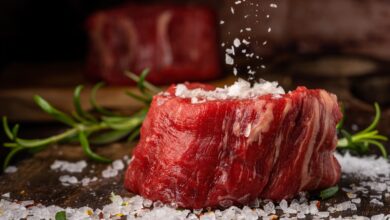
History and anecdotes
The term “banana” appeared in 1602. It comes from the Portuguese banana, borrowed, according to some, from a Bantu language; according to others, to an Arabic word meaning “finger”. The fruit was first referred to as ‘apple of paradise’ and ‘garden fig’.
The term “plantain” to designate the plantain banana first appeared in the form of “plantin” at the beginning of the 17th century. It derives from the Spanish platano, which designates the plane tree, a tree having nothing to do with the banana tree. We do not know why the Spaniards who landed in South America named it so. Note that “plantain” also refers to a small herbaceous plant whose name derives from the Latin plantago.
A little history
The banana tree is one of the oldest known plants. It is probably also one of the first to have been domesticated. However, it is believed that the fruit was hardly consumed by our hunter-gatherer ancestors since, before the domestication of the plant, it was not very fleshy and contained many inedible seeds. On the other hand, we very probably consumed its buds as well as its internal leaf sheaths. Primitive fishermen used the fibers of its stem to make nets. The leaves also had various uses.
The Musaceae family includes only 2 botanical genera, Musa being by far the most widespread and diverse. This genus is subdivided into many species (from 30 to 50, according to experts), several of which still grow in the wild. However, the majority of banana and plantain varieties are derived from the M. acuminata and M. balbisiana species or their crosses.
Native to Southeast Asia, the banana tree followed human migrations to the Indian peninsula, the Pacific islands and Africa. Under the influence of natural evolution and human intervention, it has greatly diversified. In Africa, farmers grow a wide range of plantains, distinctly different from those in the Pacific zone, as well as another group of cooking bananas, with their own characteristics.
As the banana does not keep well and is easily damaged during transport, it will take time to be known in the West. It does not seem to have been consumed by the Egyptians, the Greeks or the Romans, and would not have appeared in the Near East until the 7th century AD. It did not spread to Europe and North America until the 19th century, when ships were faster and conservation methods better mastered.
Consumption varies by region
If the banana is considered a simple dessert or a snack in rich countries, it is quite different in Africa, Asia and South America. For nearly 400 million people, it is a subsistence food, to be put on the same footing as nutritious tubers, such as taro, cassava or sweet potato. The research carried out in these regions by national and international organizations is of great importance. They aim to increase the productivity of banana plantations and find solutions to the problems of diseases and insects that attack this crop.
Besides the fruit, in various parts of the world, the young shoot, the base of the stem or the male flower are eaten. Ashes from burnt leaves are used as salt in Asia. Some banana species are only grown as ornamental plants. Others are used to produce fibers to make ropes, fabric, paper, baskets, carpets, roofing materials and are called “Manila hemp”.
The banana tree and its diet
The banana tree is not a tree, but rather a giant grass. The trunk is actually a pseudostem, made up of leaf sheaths (leaves that overlap at the base).
The set of bananas produced on the same plant (from 100 to 400) is called a “bunch”, which is divided into groups of 10 or 20 fruits called “hands” or “legs”. The individual fruits are called “fingers”.
- bridge
- Allergies (overview)
- Achluophobia : all about the fear of the dark
- At what age can you do bodybuilding?
- Fatigue in the morning: causes and remedies












